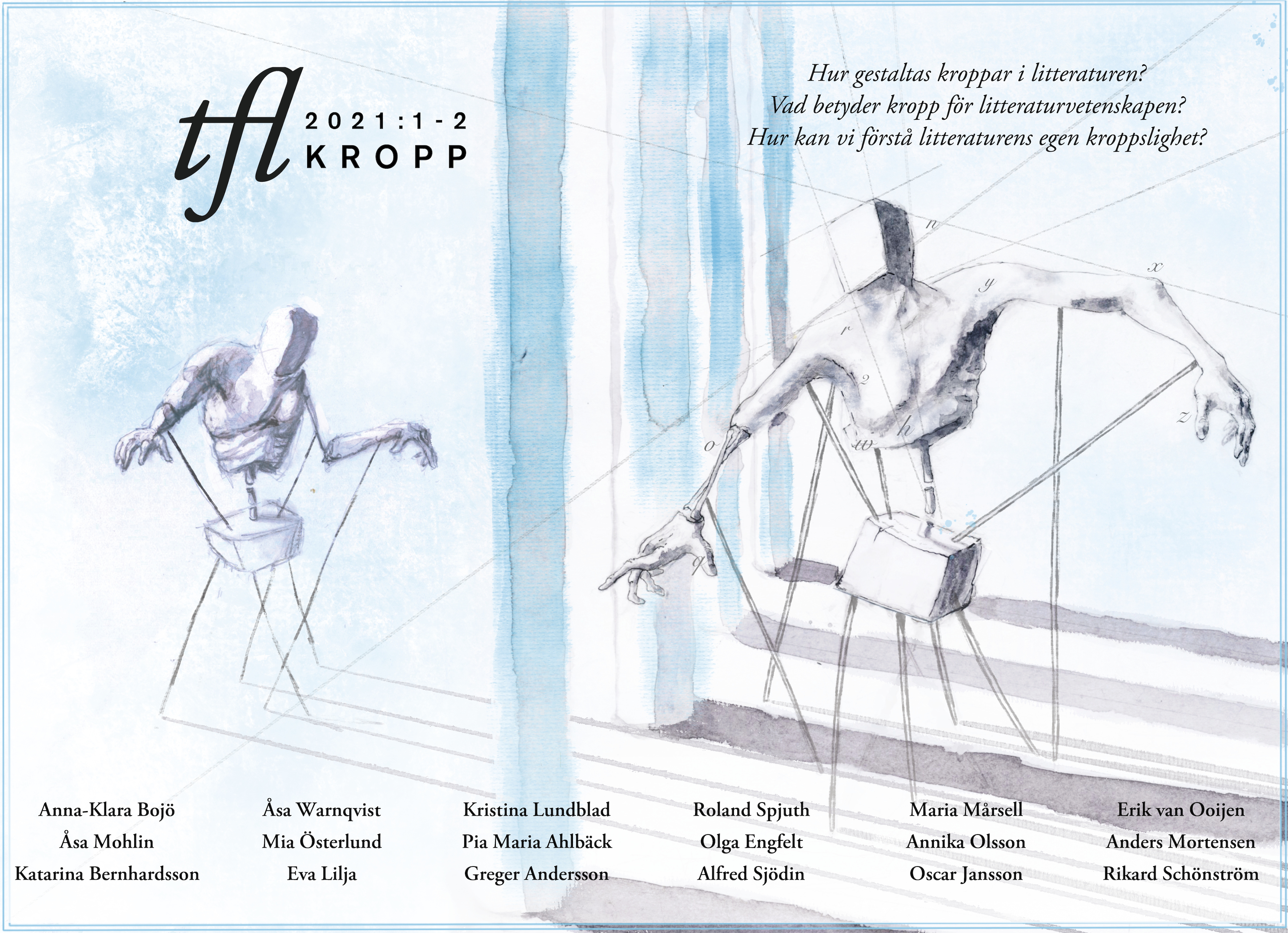Maskinkroppens gräns
Våld, immunitet och medieteknologiska aggregationer i The Last of Us
DOI:
https://doi.org/10.54797/tfl.v51i1-2.1747Nyckelord:
The Last of Us, radical animism, media ecology, cyborg, violence, immunity, intermedial narrative, secular apocalypseAbstract
Boundaries of the Machine Body: Violence, Immunity and Media Assemblages in The Last of Us
This article examines the portrayal of bodily boundaries in the videogame series The Last of Us. Drawing on theories of media ecology and posthumanism (most notably Deer’s notion of radical animism, Haraway’s theories of the cyborg, and Fuller’s account of media assemblages), three aspects of this portrayal are described: first, the game’s narrativization of bodily violence through an amalgamation of the player’s sensory systems with media technologies; second, the game’s depiction of monstrous corporeality; and third, its representation of immune systems through the mirrored relationship between external tools and endogenous bodily functions. Connecting these three aspects, it is argued that The Last of Us portrays bodily boundaries as precarious, and that it presents violence, technology and infectious disease as callingcards for moving beyond anthropocentric views of corporeality; of conceptualizing the human body as machine-like and inevitably more-than-human.
Nedladdningar
Publicerad
Referera så här
Nummer
Sektion
Licens
Copyright (c) 2021 Oscar Jansson

Det här verket är licensierat under en Creative Commons Erkännande 4.0 Internationell-licens.
Författaren/författarna behåller copyright till verket






